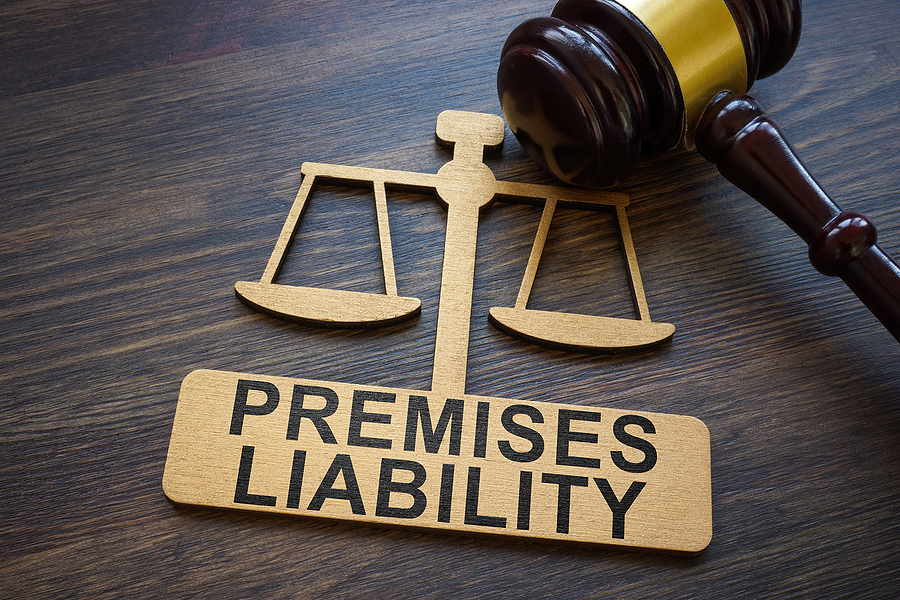Understanding legal liability is an important aspect of managing business operations, protecting personal assets, and maintaining financial security. Legal liability refers to the responsibility or obligation of an individual or an organization to compensate for damages or losses caused to an external party due to a wrongful act, negligence, or breach of legal duty.
In the business world, legal liability could arise from a variety of sources, such as product defects, workplace accidents, contract breaches, or intellectual property violations. It’s crucial for entrepreneurs and executives to be aware of these potential liability risks and take appropriate measures to mitigate them. This article aims to provide a comprehensive overview of legal liability and the key factors that can impact it.
Types of Legal Liability
Legal liability can be categorized into several types based on the nature and scope of the damages or losses incurred. Here are some of the most common types of legal liability:
1. Civil Liability: This refers to the liability arising from private causes of action, such as torts (negligence, defamation, invasion of privacy, etc.), breach of contract, or statutory violations. Civil liability often results in the payment of damages or compensation to the injured party.
2. Criminal Liability: This pertains to the liability arising from violations of criminal law, such as theft, fraud, assault, or murder. Criminal liability can result in fines, imprisonment, or other types of punishment.
3. Strict Liability: This type of liability applies when an individual or an organization is held responsible for damages or injuries caused by their actions or products, regardless of fault or negligence. For example, manufacturers of defective products can be subject to strict liability claims.
4. Vicarious Liability: This type of liability arises when an individual or an organization is held responsible for the actions of another party. For instance, employers can be held vicariously liable for the wrongful acts committed by their employees during the course of employment.
Factors Affecting Legal Liability
Several factors can impact legal liability, including the following:
1. Degree of Negligence: Negligence is one of the primary factors that can determine legal liability. The degree of negligence refers to the level of carelessness or recklessness exhibited by the individual or organization, which results in harm to the injured party.
2. Standard of Care: The standard of care is the level of care that a reasonable person or organization would be expected to exercise in a given situation. Failure to meet the standard of care can lead to liability claims.
3. Causation: Causation refers to the direct link between the actions of the individual or organization and the resulting damages or losses. The causation element is critical in establishing legal liability, as it must be proven that the actions of the defendant caused the harm suffered by the plaintiff.
4. Statutory Compliance: Failure to comply with statutory or regulatory requirements can also result in legal liability. For example, non-compliance with safety standards in a workplace can lead to liability claims in case of accidents or injuries.
Conclusion
In summary, legal liability is a complex and multifaceted aspect of business and personal life, and it’s essential to understand its implications and manage potential risks proactively. By being aware of the types of liability, the factors that impact it, and the measures to mitigate it, individuals and organizations can protect themselves against potential legal disputes and financial losses. It’s recommended to consult with legal and financial experts to develop a comprehensive liability management strategy that aligns with your goals, values, and operations.

